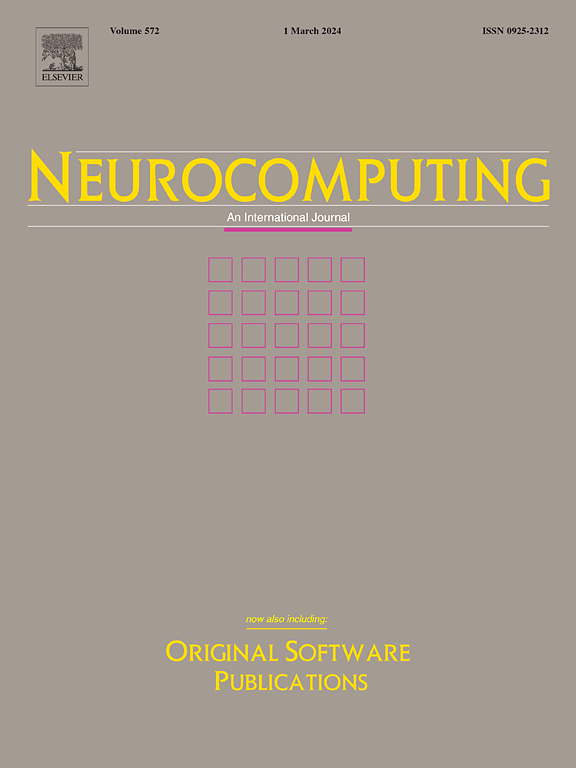基于多镜头动作识别的高效时空建模和文本增强原型
IF 6.5
2区 计算机科学
Q1 COMPUTER SCIENCE, ARTIFICIAL INTELLIGENCE
引用次数: 0
摘要
少量动作识别(FSAR)的目的是在有限数量的标记样本中准确地分类新的动作类别。目前的方法在捕获时空动态和有效整合多模态信息方面面临挑战。这项工作提出了一个新的框架,通过改进时空建模和集成跨模态语义来提高FSAR性能。为了在视频中捕捉复杂的时空关系,我们引入了两个互补的模块:时间增强适应(TEA)和时空融合适应(STFA),前者增强了时间建模能力,后者整合了空间和时间特征以获得更好的表征。此外,我们还提出了文本增强原型模块(Text-Enhanced Prototype Module, TEPM),该模块通过在多个层次上融合文本和视觉特征来增强原型的表征,从而提高原型的可辨别性和泛化性。实验表明,该方法在各种基准数据集上取得了较好的性能,验证了其在FSAR中的有效性。本文章由计算机程序翻译,如有差异,请以英文原文为准。
Efficient spatio-temporal modeling and text-enhanced prototype for few-shot action recognition
Few-Shot Action Recognition (FSAR) aims to classify new action categories accurately with only a limited number of labeled samples. Current methods face challenges in capturing spatiotemporal dynamics and integrating multimodal information effectively. This work presents a new framework that improves FSAR performance by improving spatiotemporal modeling and integrating cross-modal semantics. To capture complex spatiotemporal relationships in videos, we introduce two complementary modules: Temporal Enhancement Adaptation (TEA), which enhances temporal modeling capability, and Spatio-Temporal Fusion Adaptation (STFA), which integrates spatial and temporal features for better representations. Additionally, we propose the Text-Enhanced Prototype Module (TEPM), which strengthens prototype representations by fusing textual and visual features at multiple levels, improving the discriminability and generalization of prototypes. The experiments show that our approach achieves competitive performance on various benchmark datasets, confirming its effectiveness in FSAR.
求助全文
通过发布文献求助,成功后即可免费获取论文全文。
去求助
来源期刊

Neurocomputing
工程技术-计算机:人工智能
CiteScore
13.10
自引率
10.00%
发文量
1382
审稿时长
70 days
期刊介绍:
Neurocomputing publishes articles describing recent fundamental contributions in the field of neurocomputing. Neurocomputing theory, practice and applications are the essential topics being covered.
 求助内容:
求助内容: 应助结果提醒方式:
应助结果提醒方式:


